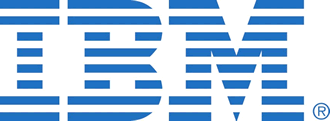 Tor has been left scratching its encrypted head over how US and European law enforcement shut down more than 400 websites, including Silk Road 2.0, which used its technology.
Tor has been left scratching its encrypted head over how US and European law enforcement shut down more than 400 websites, including Silk Road 2.0, which used its technology.
Tor was set up, not to hide criminals, but to allow dissidents in autocratic countries to make contact with the real world. The fear is that if the US cops could break Tor, then lives could be at risk in countries whose governments would like to shut down dissident sites.
The websites were set up using a special feature of the Tor network, which is designed to mask people’s Internet use using special software that routes encrypted browsing traffic through a network of worldwide servers.
Tor—short for The Onion Router—also allows people to host ”hidden” websites with a special “.onion” URL, which is difficult to trace. But law enforcement appears to have figured out a method to find out where sites are hosted.
Last Week the Department of Justice shut down more than 410 hidden websites as part of ”Operation Onymous” and arrested more than 17 people, including Blake Benthall, 26, who is accused of running the underground marketplace Silk Road 2.0.
However, Tor is broke and does not have the cash to play a cat and mouse game with the well-funded European and US cops.
Andrew Lewman, the project’s executive director, in a blog post said that it was a miracle that its hidden services have survived so far.
It is possible that a remote-code execution vulnerability has been found in Tor’s software, or that the individual sites had flaws such as SQL injection vulnerabilities.
“Tor is most interested in understanding how these services were located and if this indicates a security weakness in Tor hidden services that could be exploited by criminals or secret police repressing dissents,” he wrote.



















